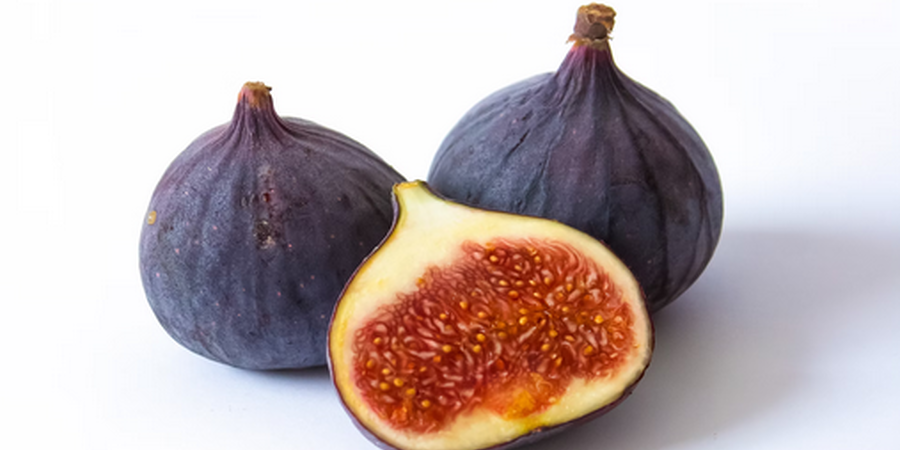Philadelphia, PA
- Figs are highly susceptible to bird and squirrel damage, so protecting it will extend its shelf-life and ensure maximum shelf-stability. Figs taste their sweetest when eaten while warm from the sun, creating a sweet and lush taste, along with beautiful colors. When fully ripened, their skin becomes tender.
1. Refrigeration
As parthenocarp figs are unseeded fruits, they are particularly sensitive to environmental stresses. Water stress, root damage from nematodes or soil fungi infestation, cold temperatures, and soil salinity all pose challenges to production; good cultural practices, such as mulching and watering practices should help manage these stresses more efficiently.
Figs can be harvested when they begin to take on their mature color, which varies depending on variety. It could range from greenish-yellow or dark purple hues, through various shades of rust brown. A ripe fig should bend easily when gently pulled; otherwise it remains immature and may not taste sweet enough.
Be sure to harvest figs quickly before they show signs of rot or infestation by weevils; as they have a short shelf-life once picked and should be refrigerated shortly after picking. Doing this also extends their shelf-life as birds and squirrels love feasting on them before you can.
2. Drying
If you find that there are too many figs for immediate consumption, drying them is an easy and affordable way to preserve them for later. Drying can preserve its sweet flavor for months at a time!
First step to selecting ripe figs: Each variety has a distinctive hue that indicates when they are at their prime; for example, shades of rust brown or dark purple hues could indicate their readiness. Also look out for necks that bend rather than remaining stiff and straight up when selecting mature fruits.
Before drying figs, they must first be washed and blanched in boiling water to remove dirt, kill bacteria, soften their skins and accelerate the drying process. After blanching, they can be placed onto dehydrator racks so as to not touch each other; drying should take six to eight hours until leathery texture and no juice remains visible in them.
3. Cooking
Figs are relatively easy to grow indoors or outdoors, both in containers or directly on the tree itself. But harvest time must be maximized or they risk spoiling and becoming infested with birds or weevils before being ready for picking.
Figs are easy to identify when they are ready for harvest: when ready, their appearance changes from plump to water balloon-like in appearance and they begin oozing syrup from their bases; further evidence can be found when tasting one as it should have an irresistibly sweet honey-like taste.
Roasted figs are delicious on their own, but they also add texture and flavor to salads when used as an ingredient. Pairing well with salty prosciutto, creamy mozzarella and peppery rocket/chicory leaves, they provide an irresistibly tasty complement for salads of any sort. Also great as an additive texture element in baked goods such as breads and crumbles!
4. Storage
Like other fruits and vegetables, figs have a short shelf life; therefore it is crucial that when growing them in your garden or purchasing them from stores it is known how best to store them to maximize both flavor and longevity.
Refrigeration remains the go-to storage method, but countertop storing may work in an emergency situation. When selecting ripe figs for countertop storage, place them in a container with some water at the bottom; this helps preserve their freshness for up to one week using natural preservatives like sugars in the water as preservatives.
Maintain your fig harvest by storing them in syrup. Simply combine equal parts sugar and water, adding vanilla or rosemary extract for an additional dimension of flavor, before pouring the liquid over your figs before refrigerating; they could last six months or more when stored this way!


